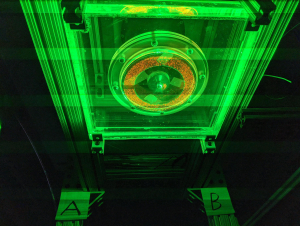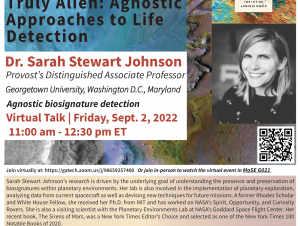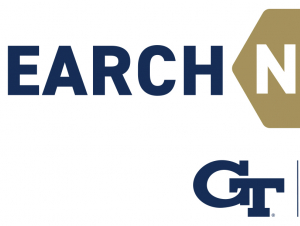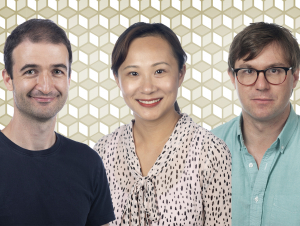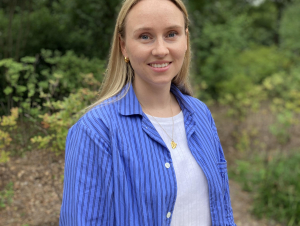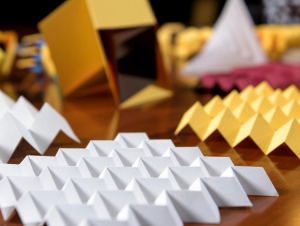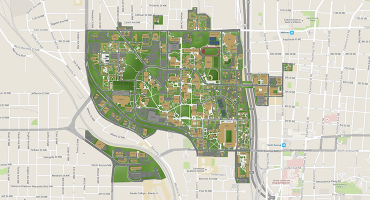To request a media interview, please reach out to experts using the faculty directories for each of our six schools, or contact Jess Hunt-Ralston, College of Sciences communications director. A list of faculty experts is also available to journalists upon request.
Latest News
Physicists at Georgia Tech have proven — numerically and experimentally — that turbulence in fluid flows can be understood and quantified with the help of a small set of special solutions that can be precomputed for a particular geometry, once and for all. The findings reveal a new, dynamical framework for turbulence, with a wide range of applications, from more accurate weather forecasts to improving the fuel efficiency of cars and airplanes.
Please join us for the Fall 2022 GT Astrobiology Distinguished Lecture and Social Event! In the afternoon, there will be a social event with food and refreshments beginning at 4:00 PM, located at the Molecular Science and Engineering (MoSE) outdoor patio, ground floor. We will also be taking a group photo at this time, so bring your GT Astrobiology shirts!
With the research landscape rapidly changing, Georgia Tech must respond to external forces to address local, national, and global challenges and produce novel ideas and actionable solutions. In alignment with the Institute strategic plan, Research Next positions Georgia Tech to respond to future challenges with innovation, expertise, creativity, and a dedication to improving the human condition.
The College of Sciences has named three new Blanchard Early Career Professors — Martin Mourigal, School of Physics; Dobromir “Doby” Rahnev, School of Psychology; and Yuanzhi Tang, School of Earth and Atmospheric Sciences — thanks to the generosity of late alumnus Elwood “Doc” Blanchard.
The Center for Microbial Dynamics and Infection’s inaugural Early Career Award Fellow shares about launching her interdisciplinary postdoctoral research program and asks: Can a bacteria that’s “good at scooping up DNA” teach us about harnessing viruses to battle bacterial infections?
Researchers increasingly use a technique, drawn from the ancient art of origami, to design spacecraft components, medical robots, and antenna arrays. However, much of the work has progressed via instinct and trial and error. Now, a team from Princeton and Georgia Tech have developed a general formula that analyzes how structures can be configured to thin, remain unaffected, or thicken as they are stretched, pushed, or bent.

